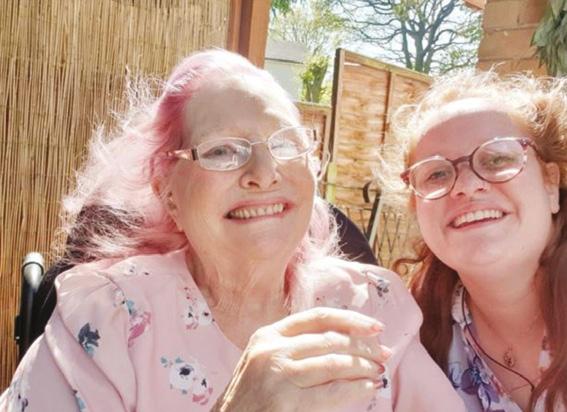RECOVERY & REHABILITATION
“I’m so dizzy – MY HEAD IS SPINNING” Differential diagnosis and treatment of vestibular problems in TBI
Andrew McVittie, Chartered Physiotherapist, SP Therapy Services
VESTIBULAR DYSFUNCTION AND REHABILITATION IN TBI It is well known that traumatic brain injury (TBI) is the most common cause of disability in the general population under the age of 40. TBI diagnosis is increasing as clinicians recognise the potential long-term impacts of even mild TBI. Around a 1/3rd to over ¾ of this population also report chronic symptoms of vestibular dysfunction when investigated. It is perhaps not so commonly known that longterm unemployment can be up to three times higher in TBI survivors with chronic vestibular dysfunction. Yet vestibular dysfunction appears under diagnosed and treatment complicated. Vestibular dysfunction can alter balance and bring an associated lack of movement confidence. This directly impacts quality of life, involvement in activities of daily living and mobility. Altered balance and associated loss of confidence, are recognised as two major risk factors for future falls. Dizziness, another commonly reported vestibular symptom, doubles the risk of a person falling. Add to this the greater consequences of a fall for those already having suffered a TBI and vestibular rehabilitation is clearly an area where accurate diagnosis combined with evidenced treatment could make a huge difference. This prompted the Physiotherapy team at SP Therapy Services to produce a practitioner treatment guide to be used as a screening tool at all assessments involving TBI.
TBI, leading to them being under reported. These vestibular related issues are almost expected to self-resolve post acutely and it often appears that they do. But it is now thought that chronic adaptive brain mechanisms uncouple vestibular symptoms from signs effectively masking them. The brain and body adapt around the deficiencies. This extra level of processing, in a population often already experiencing cognitive difficulties, results in decreased capabilities. Complicating matters further are symptoms sometimes taking weeks to become apparent. This may not be recognised as a new symptom, or one associated with the TBI, when presented to health care practitioners who may not be trained, or attuned, to identifying vestibular problems. Perception issues can also leave TBI patients unaware they are even experiencing vestibular dysfunction symptoms.
Andrew McVittie
HISTORICAL UNDERDIAGNOSIS Vestibular dysfunction seems to have been historically under diagnosed in the TBI population. Acute vestibular symptoms are often expected by the patient following a
48
2021/2 2
Not just an inner ear problem
COMPLEX PRESENTATION Classic symptoms that are frequently associated with vestibular dysfunction conditions such as Benign Paroxysmal Positional Vertigo (dizziness and nausea) are easily recognised by most practitioners. But the complex presentation of a TBI with its associated cognitive, communication, fatigue, mood and perception problems can mean symptoms are not so easy to tease out. Those with vestibular dysfunction in the TBI population are roughly equally split between those with a peripheral issue (eyes and ears), a central issue (dysfunction within the areas of the brain that interpret the information and control balance) and a mix of both. This complexity of presentation, with symptoms caused by two systems, can make diagnosis and treatment very difficult. There is often a pattern of patients having seen many different health professionals, in different settings, over a long period of time, but without receiving a clear diagnosis leading to effective treatment. sevenstarmedia.co.uk


























































